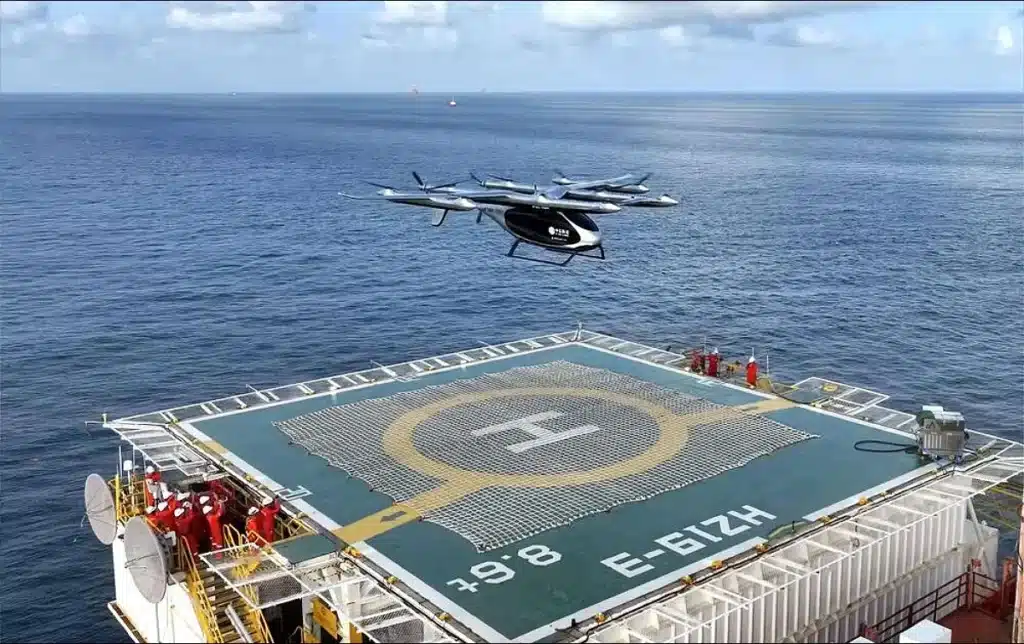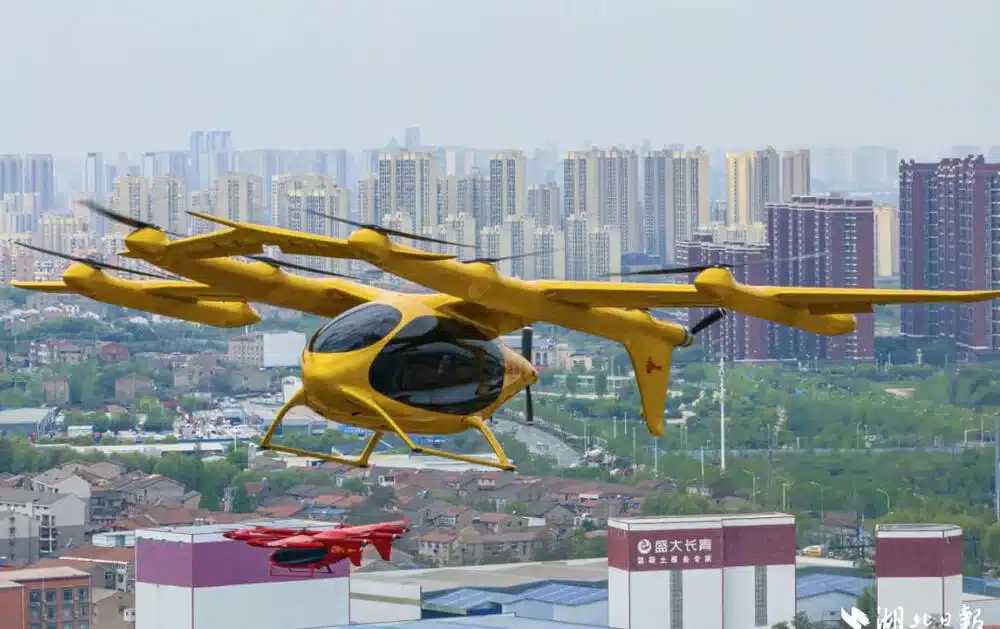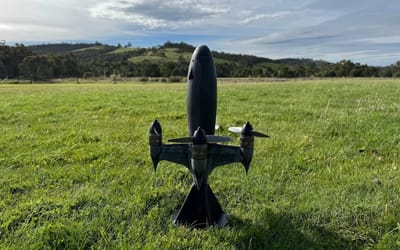Autonomous cargo eVTOL completes world first 300km offshore mission
Published on Aug 07, 2025 at 10:03 PM (UTC+4)
by Alessandro Renesis
Last updated on Aug 08, 2025 at 8:28 PM (UTC+4)
Edited by
Tom Wood
AutoFlight, China National Offshore Oil Corporation (CNOOC) and CITIC Offshore Helicopters just completed the first autonomous cargo eVTOL mission.
Using a two-ton eVTOL – vertical take-off and landing – aircraft, they transported supplies autonomously.
And they covered a grand total of 300 kilometers in the process.
And there’s one more thing that stands out.
DISCOVER SBX CARS: The global premium car auction platform powered by Supercar Blondie
This autonomous cargo eVTOL is efficient, and fast
CITIC Offshore Helicopters and the CNOOC (China National Offshore Oil Corporation) teamed up with AutoFlight, a self-driving vehicle startup, teamed up to test eVTOLs that can transport cargo, not just people.
For reference, an eVTOL is an aircraft that can take off and land vertically, a lot smaller than a regular chopper, but bigger than a drone, and generally designed to transport people.
The ‘e’ simply stands for electric.
Having received all relevant certifications for this test, including of course an Airworthiness Certificate, AutoFlight’s eVTOL transported two tons of cargo to the Huizhou 19-3 Oil platform, located 150 kilometers offshore, and then it safely flew back to base.

That’s impressive, but what’s even more impressive is that it only took 58 minutes to get there (and around the same time to get back).
If the math is mathing, this means the eVTOL was traveling at highway speeds, autonomously, while also carrying payload.
It’s an impressive result.
The rise of eVTOLs
Several companies, including automakers, are developing eVTOLs.
This is partly because companies think they’re a great way to beat traffic by flying over it, but also because eVTOLs are basically ‘flying cars’.
And humanity has been dreaming about flying cars since forevever.

Tests are being conducted and certifications are being obtained, but flying cars are currently only legal in a handful of countries.
There’s also another question that people are asking.
Because while it is true that eVTOLs might ease up congestion on the road, they might end up creating congestion in the sky.
But that’s probably a question we won’t have to ask in the foreseeable future.




